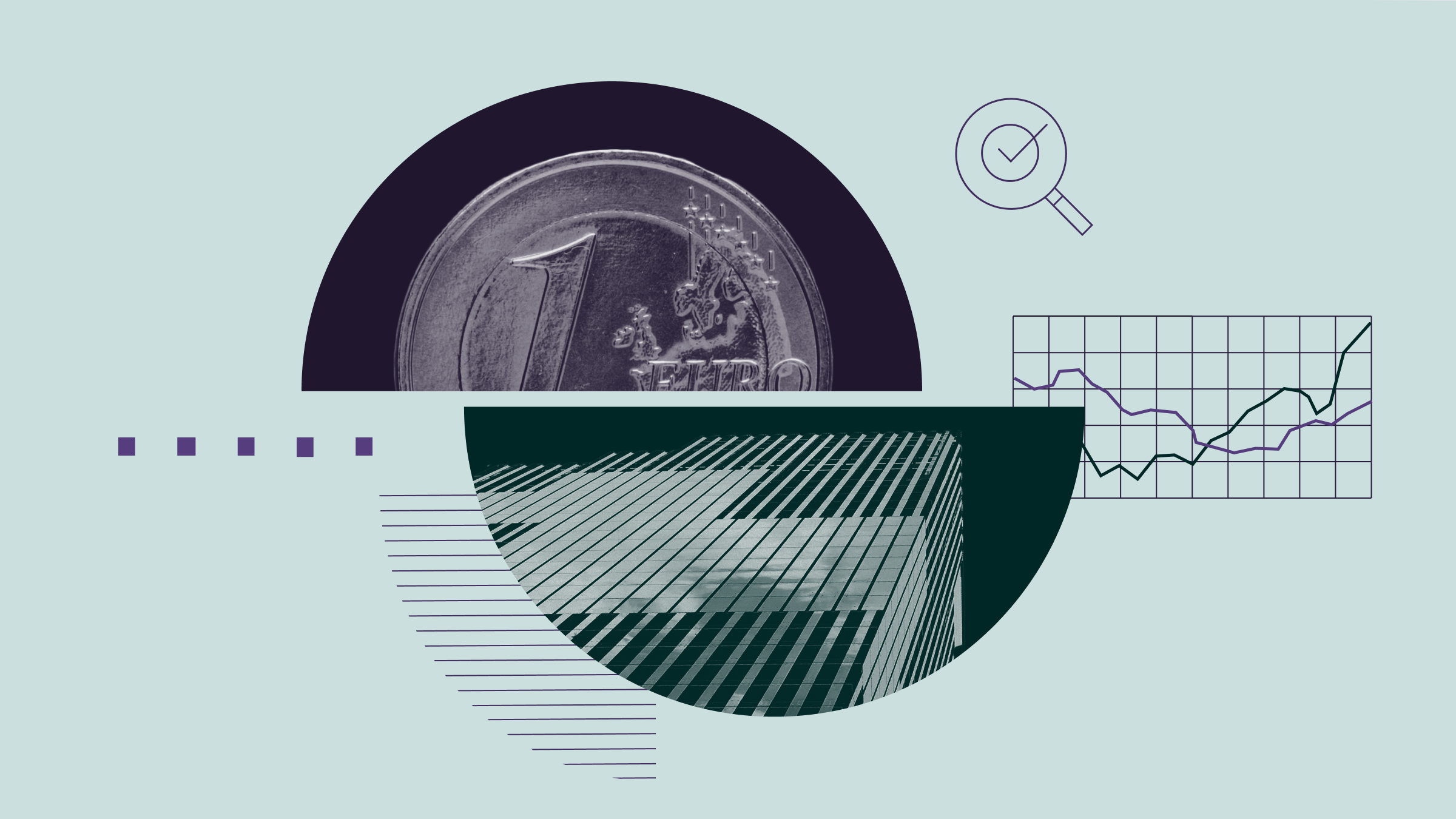The Chinese economy has grown at the slowest rate in 25 years as the country shifts its focus to domestic consumption driven growth and away from exports.
Economic growth fell to 6.9% in 2015, the slowest rate of growth since 1990, from 7.3% in the previous year, according to data published by the National Bureau of Statistics. This was slightly less than the government's full-year target of 7%.
While this figure is the stuff of pipedreams for the Western world, it signals a significant slowdown for China. In 2010, the Chinese economy grew at a pace of 10.6% and in 2007 – pre global recession – the economy expanded by 14.2%. To compare with the UK economy, the latest figures from the Office of National Statistics show between 2013 and 2014, GDP increased by 2.9%.
China Slowdown: A Reason to Panic?
“Discussions about the economic situation in China tend to feature a lot of hype. GDP growth for 2015 was estimated at 6.9%, a touch weaker than in 2014, but hardly a disaster,” said Ian Kernohan, economist at Royal London Asset Management.
“The major source of weakness is the industrial sector, while growth in the service sector actually picked up. Consumer demand looks reasonably healthy and China should be a net beneficiary from cheaper oil prices.”
China's industrial production grew at the weaker pace of 5.9% year-over-year in December following November's 6.2% rise. The expected rate of increase was 6.0%.
Likewise, Chinese retail sales climbed 11.1% in December, slightly weaker than prior month's 11.2% increase and the 11.3% rise expected by economists.
Gareth Isaac, a fixed income fund manager at Schroders said that although he did not think there was another global recession on the horizon, he did have some concerns.
“There are significant risks. China now accounts for approximately 17% of global GDP; up from 10% in 2005. Any material slowdown in the second largest economy in the world would have significant ramifications for the rest of the globe,” he said.
“China is attempting to make the transition from a manufacturing-led economy to a service-led economy – a transition that took the UK generations – in a decade or so. That process is not going to be without difficulty, and the Chinese authorities are learning as they go. Mistakes will happen.”
China Sneezes, and the Rest of the World Catches a Cold
The effects of slowing growth and volatile stock markets in the emerging world – and particular China – have already been felt in the western world. Last September, the Federal Reserve put off a much longed for interest rate rise because of volatility in Chinese equity markets. At the time, Mike Bell Global Market Strategist for JP Morgan said that analysis undertaken by the firm suggests that a slowdown in Chinese growth of about 1% of GDP has a very minimal impact on the U.S. economy.
“On Europe and Japan it has a greater influence where you see about a 0.4% impact for a 1% slowdown in Chinese growth whereas in the U.S. it's far less than that,” he said.
Central bank policy aside, contagion risk between China and other major equity markets is also significant; you only have to look at a line graph of the FTSE 100 last August, or indeed year to date – in the first 10 days of trading in 2016, £110 billion was wiped off the blue chip index thanks to fear surrounding China and the Middle East.
Nancy Curtin, chief investment officer at Close Brothers Asset Management, said: “The ghosts of China’s 2015 will continue to cast a shadow over global markets this year, and this is unfortunately the unhealthy start we were expecting.”
But Salman Ahmed, global strategist at Lombard Odier said investors should treat the volatility as an opportunity for investment.
“The Chinese government is committing to a number of reforms to drive consumption spending. The easing of the one child policy is one which will help boost consumer spending among younger households,” he said
“In terms of opportunities, we see these in the consumer discretionary sector of the Chinese equity market, which appears cheap both in relative and absolute terms as it has been impacted by the sharp rise in uncertainty, while at the same time displaying stronger underlying fundamentals.”





























